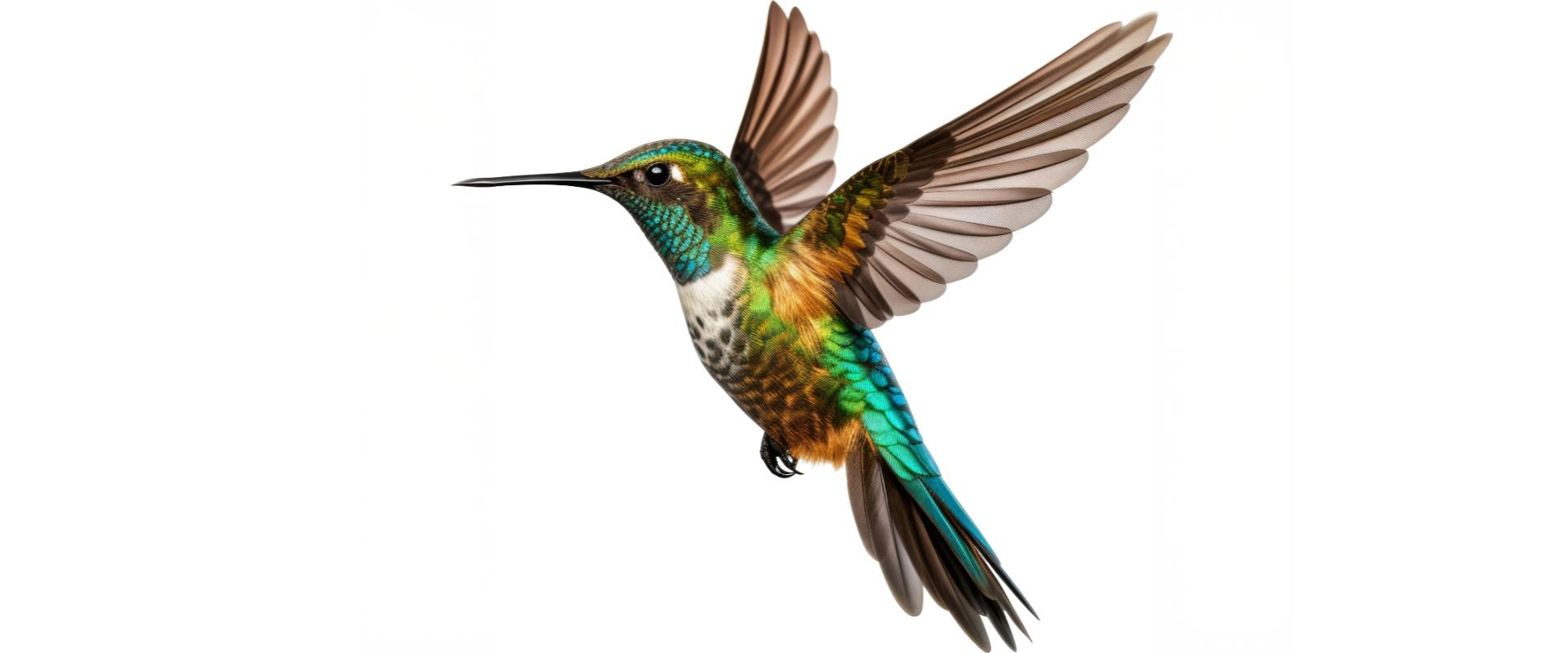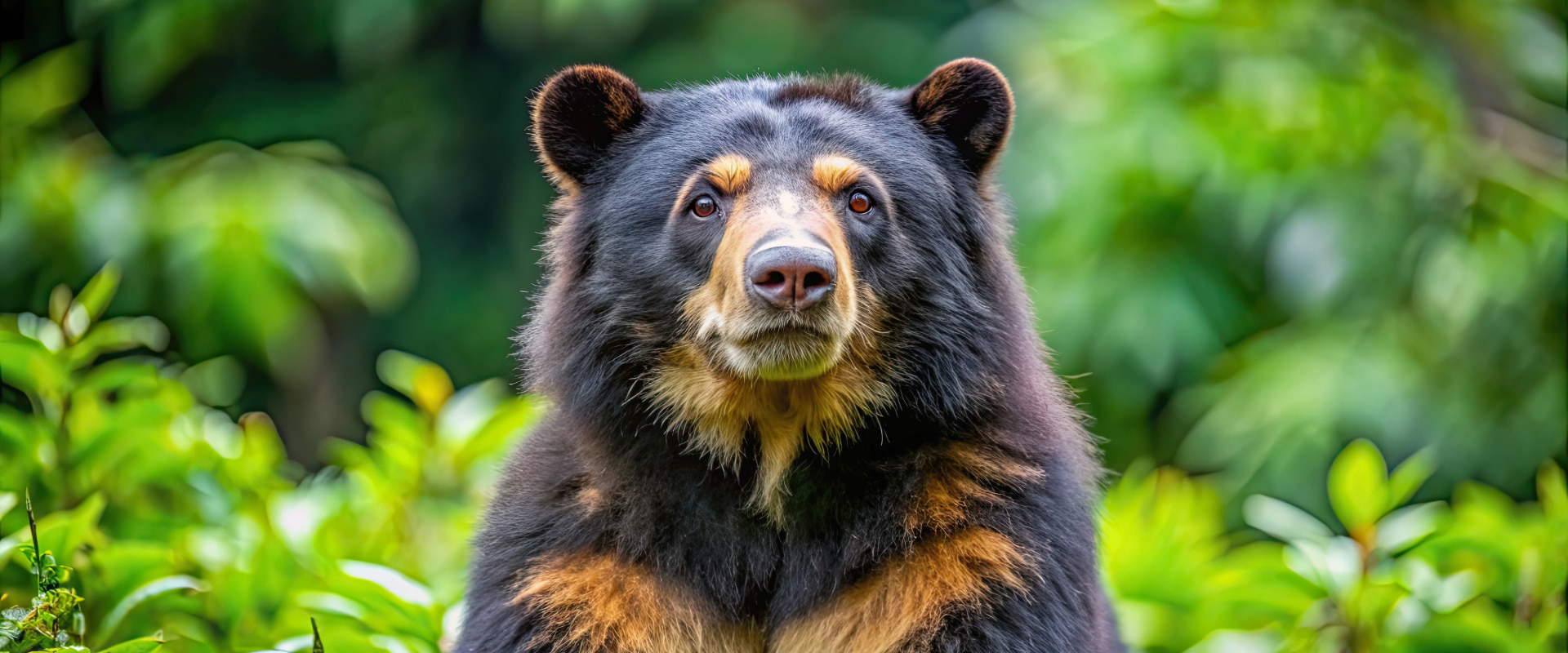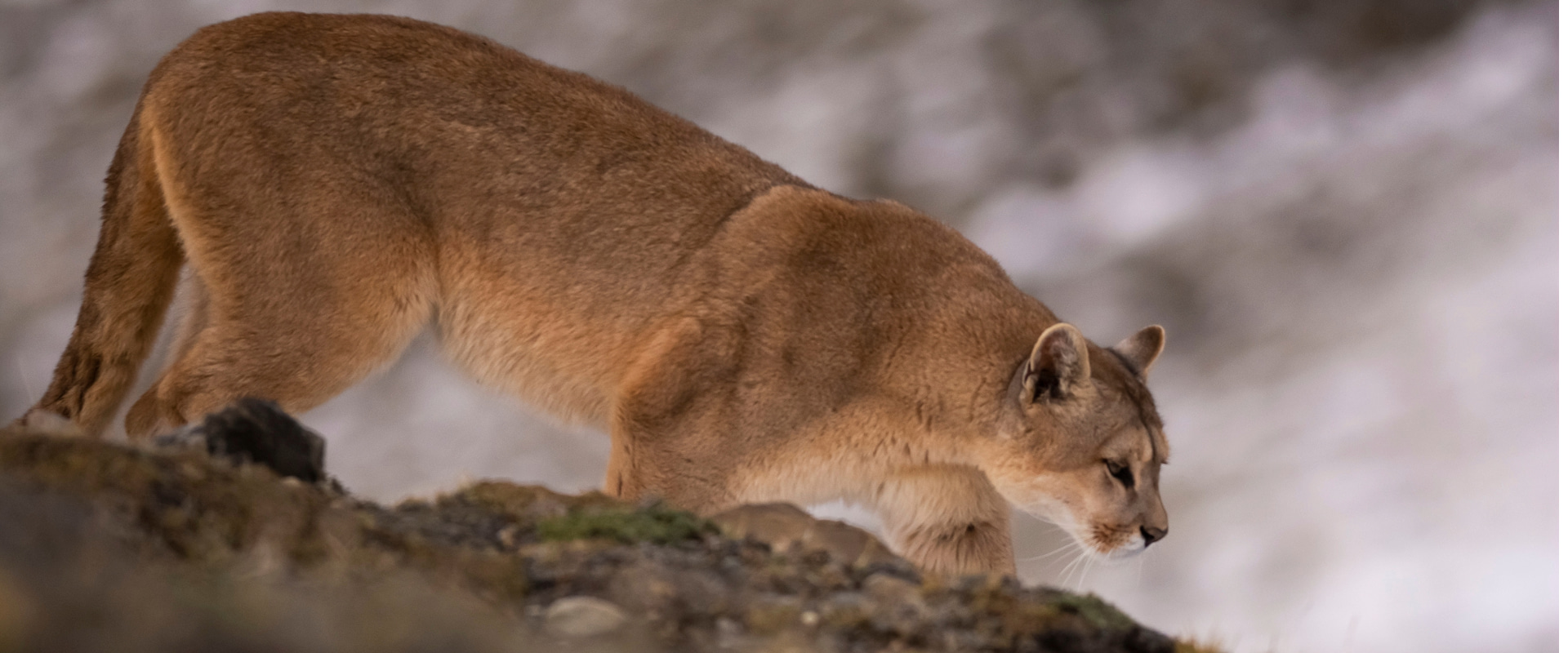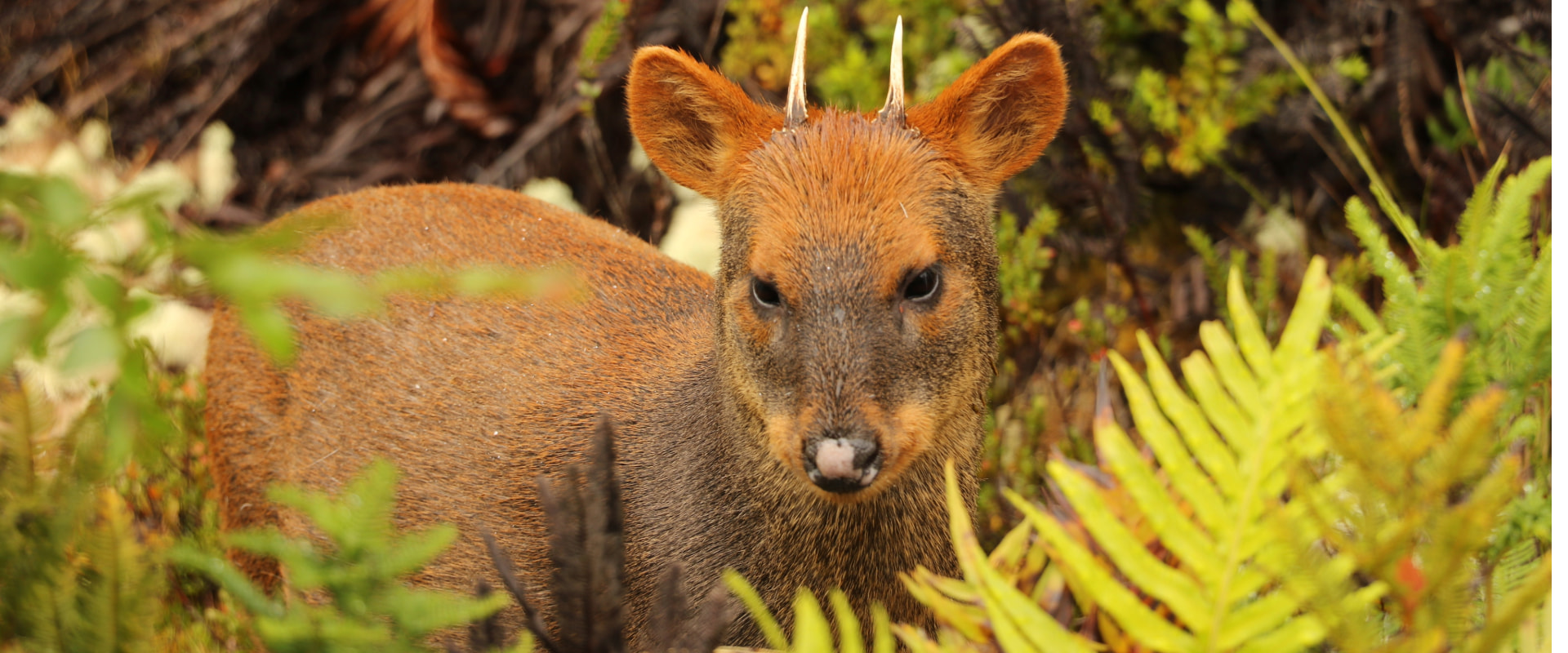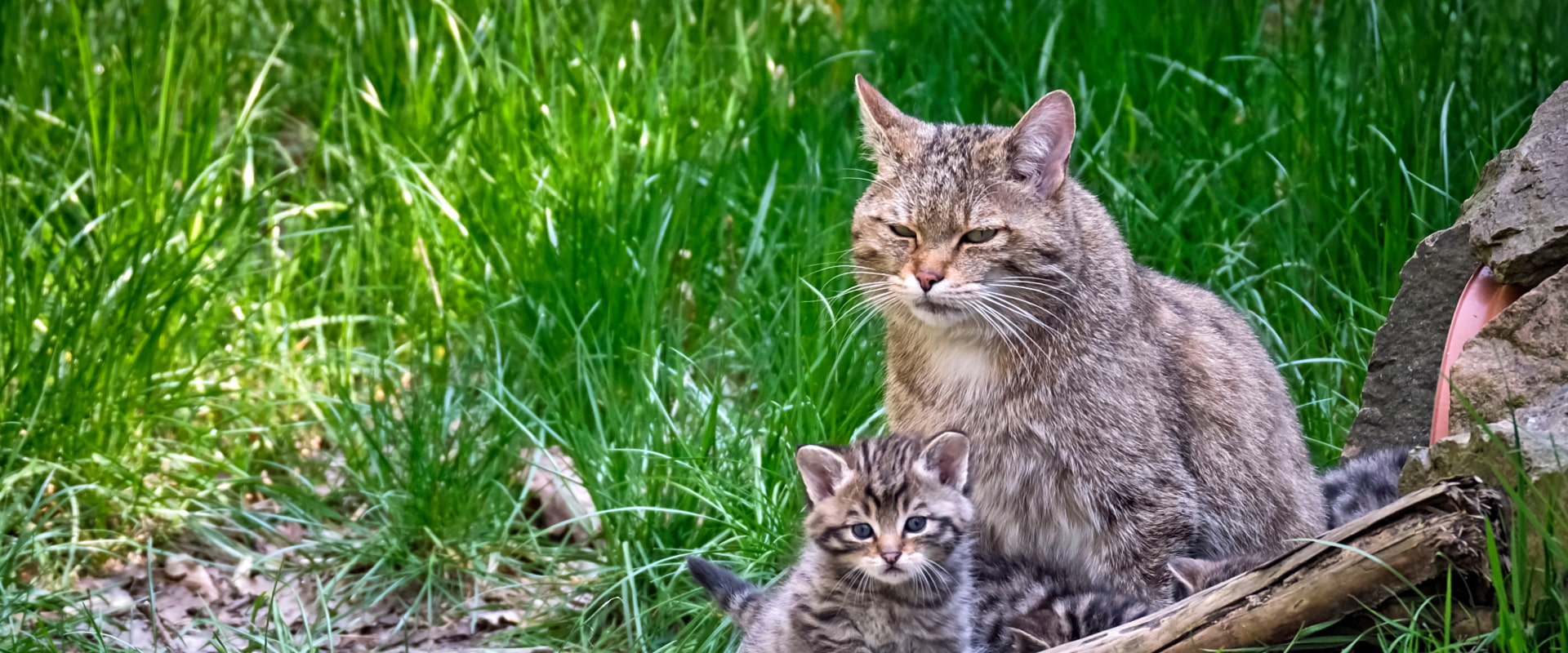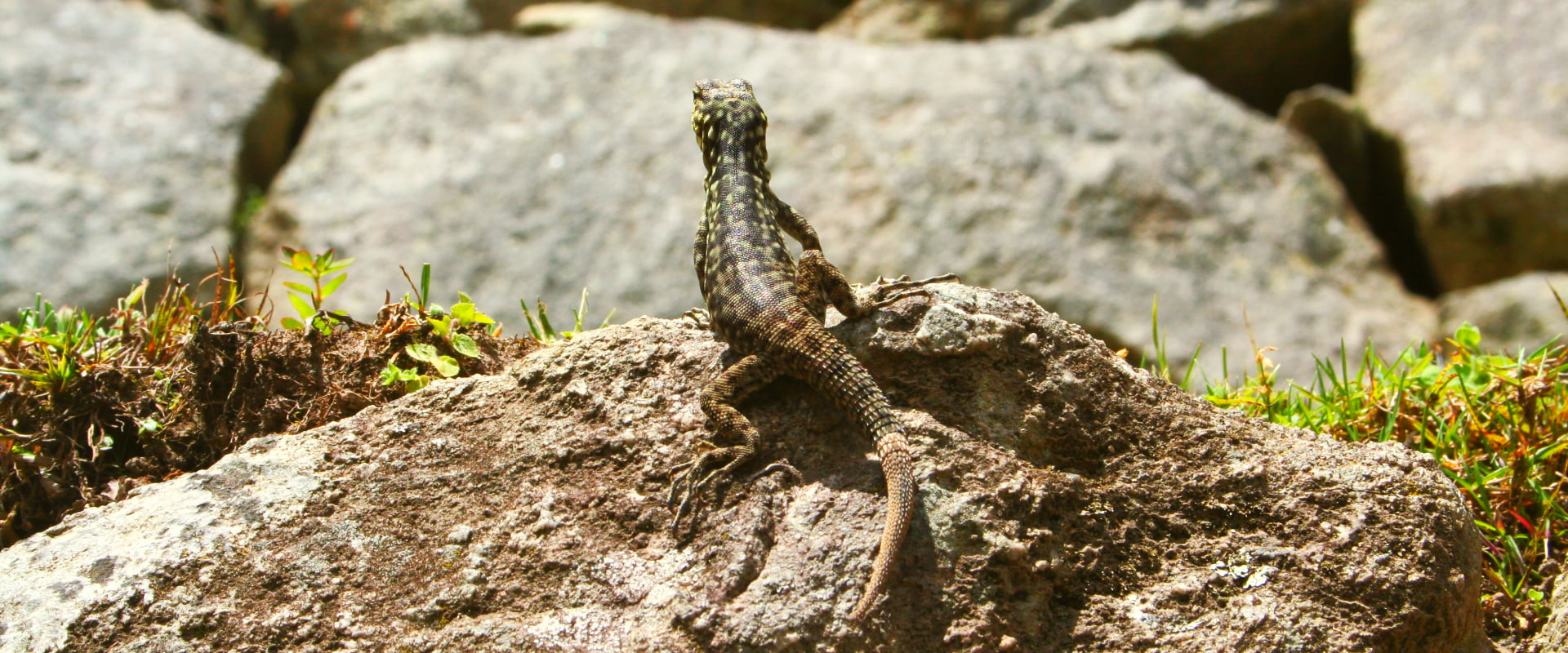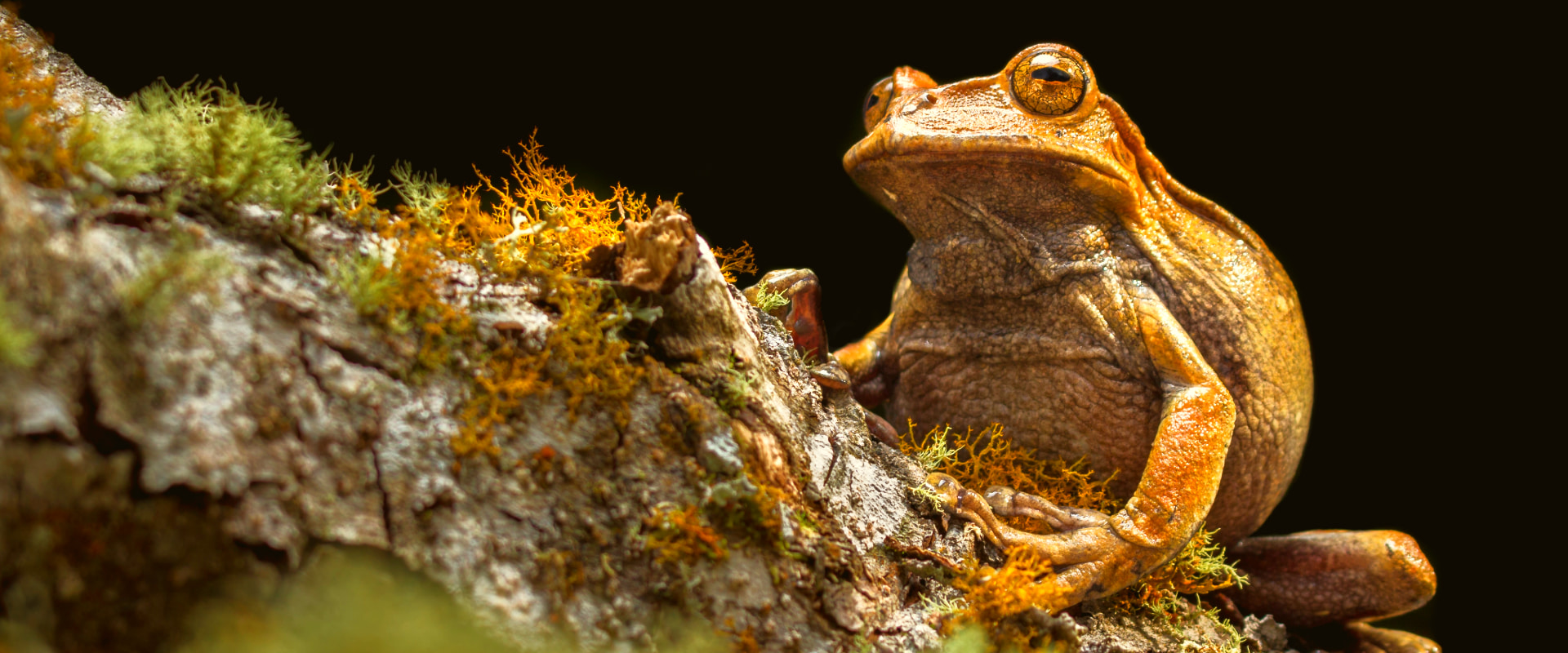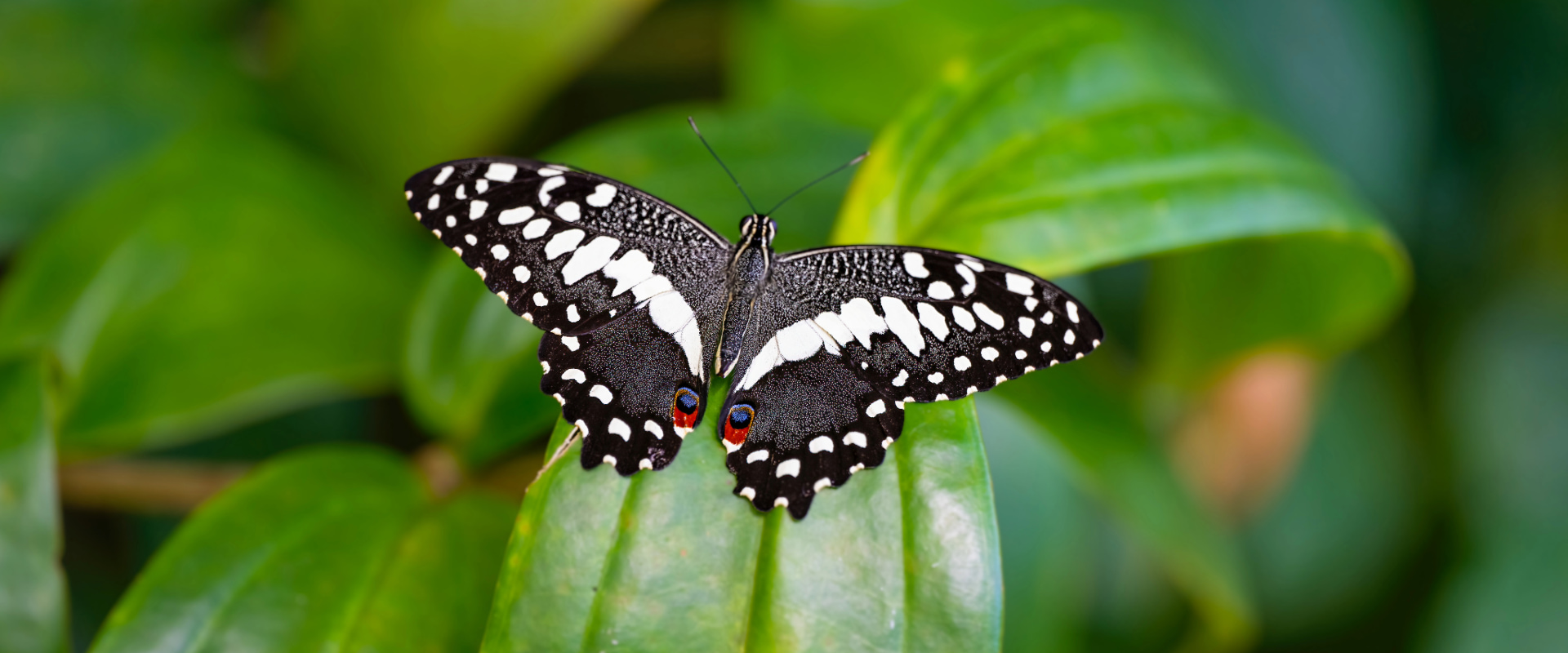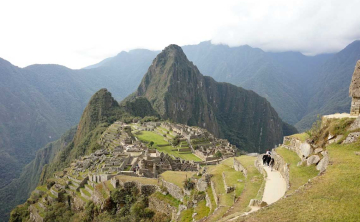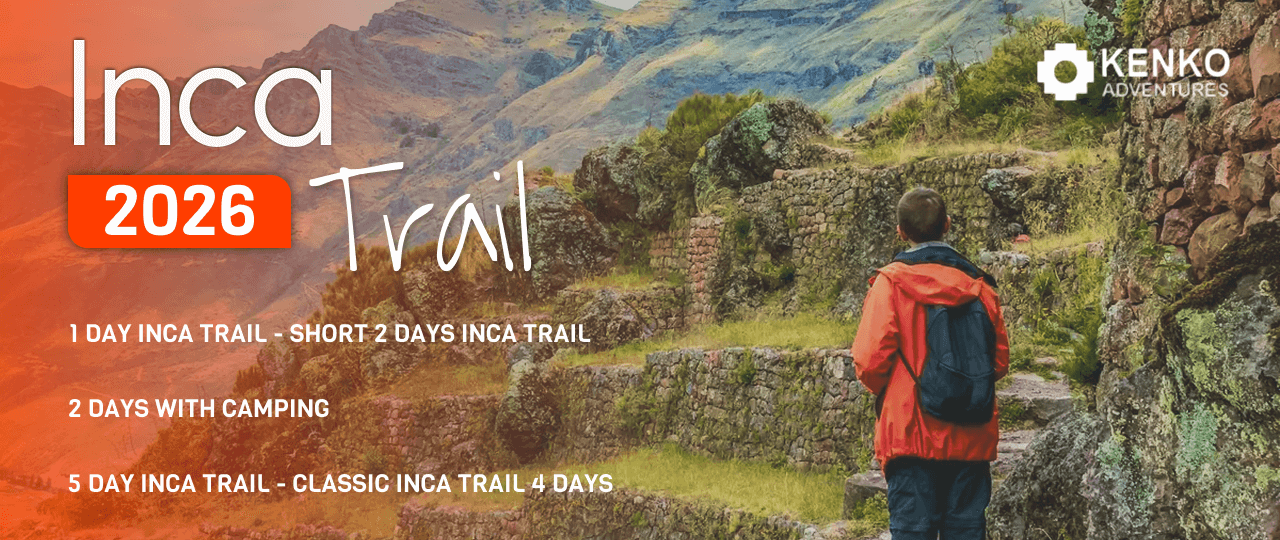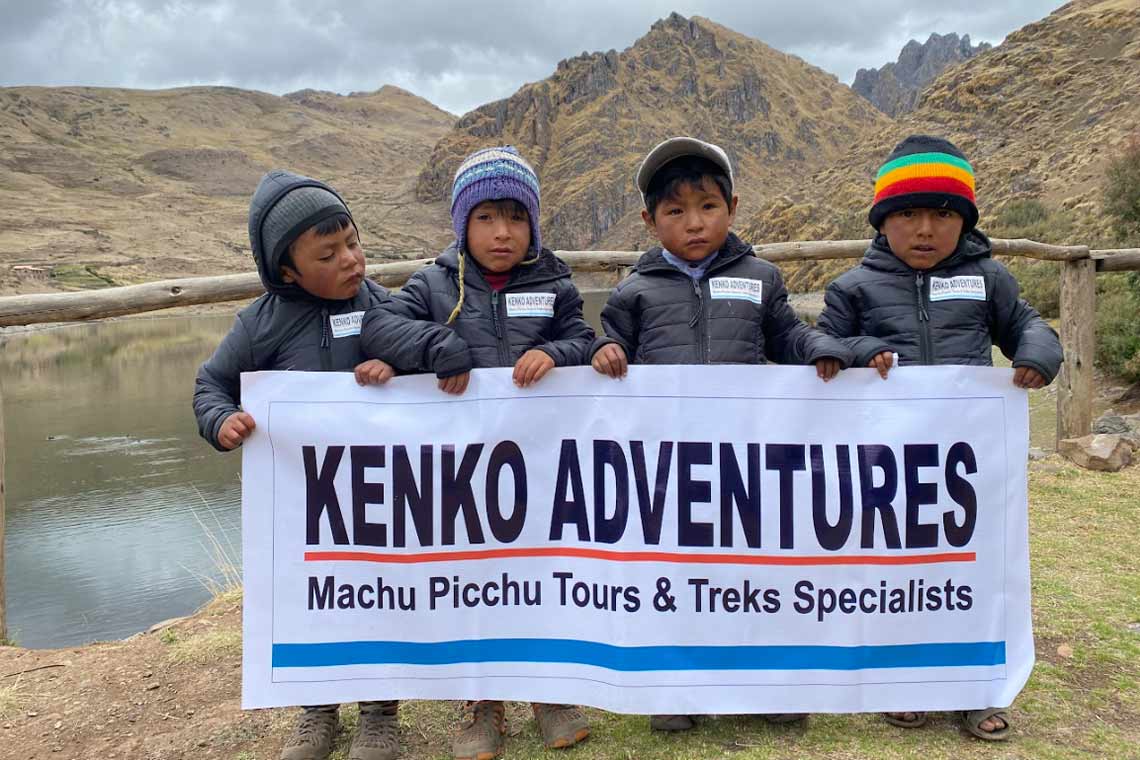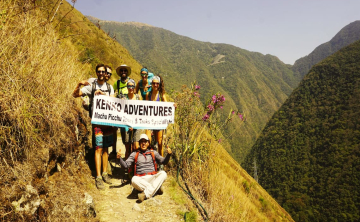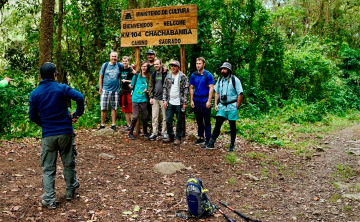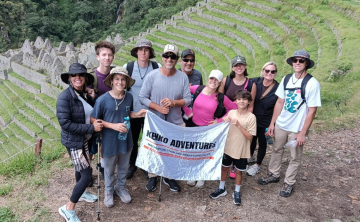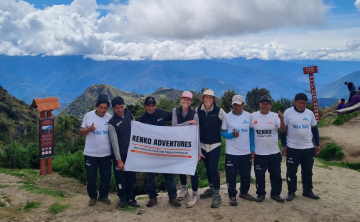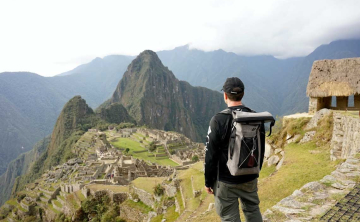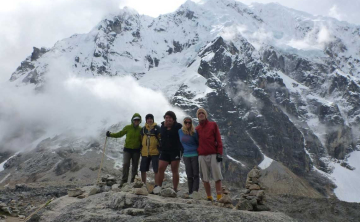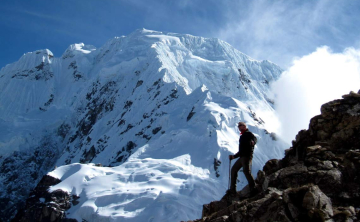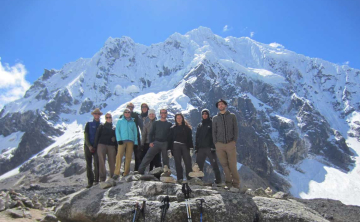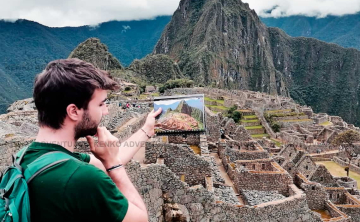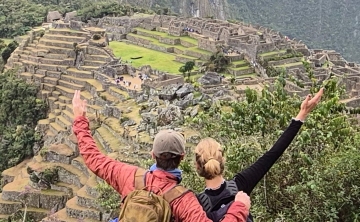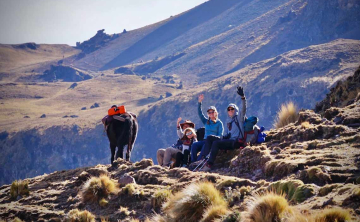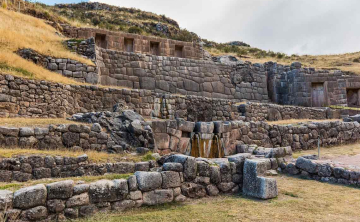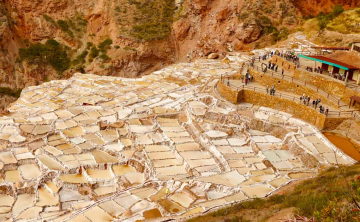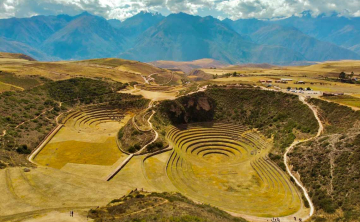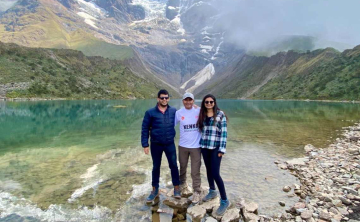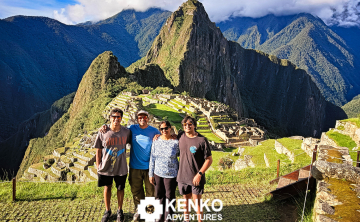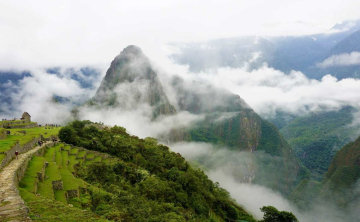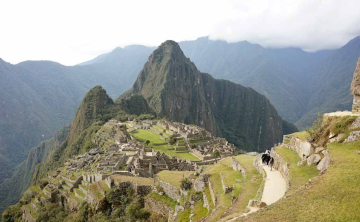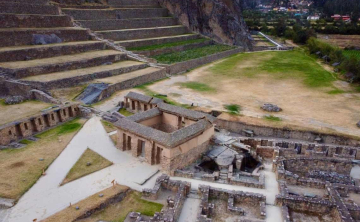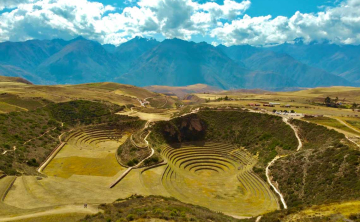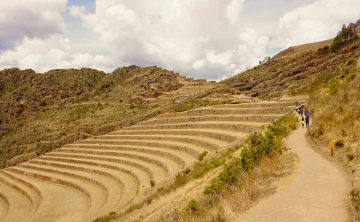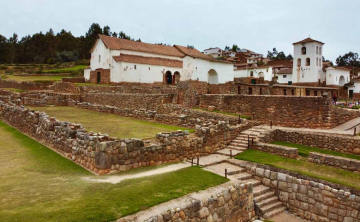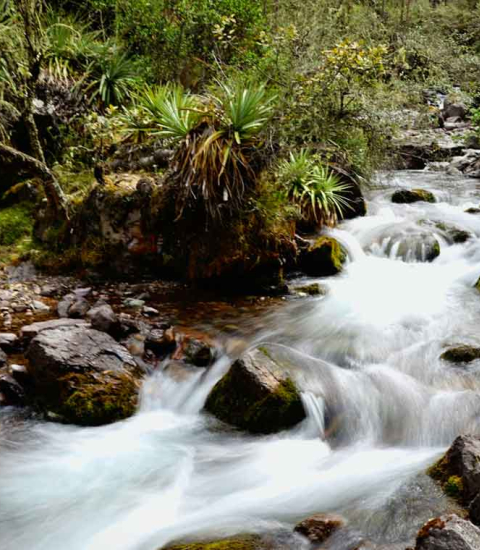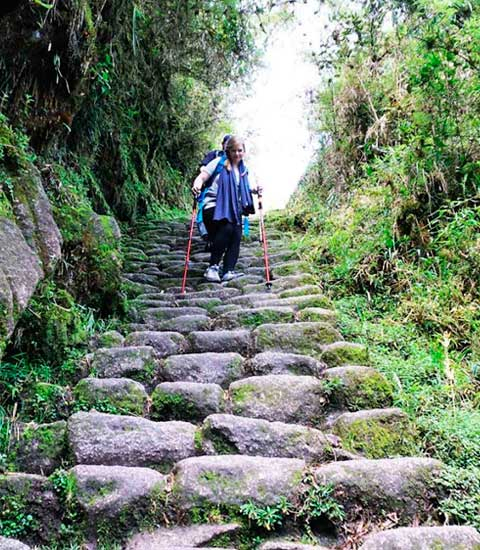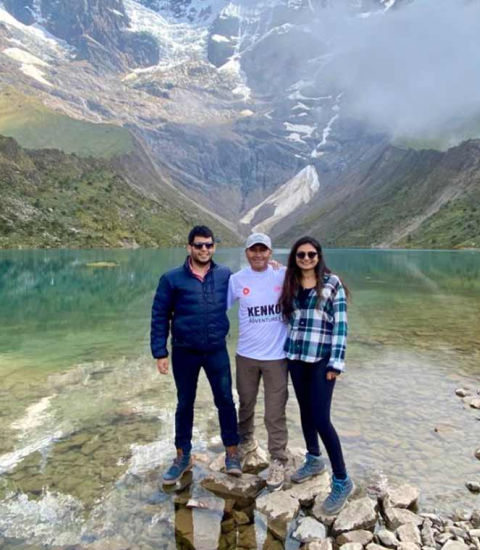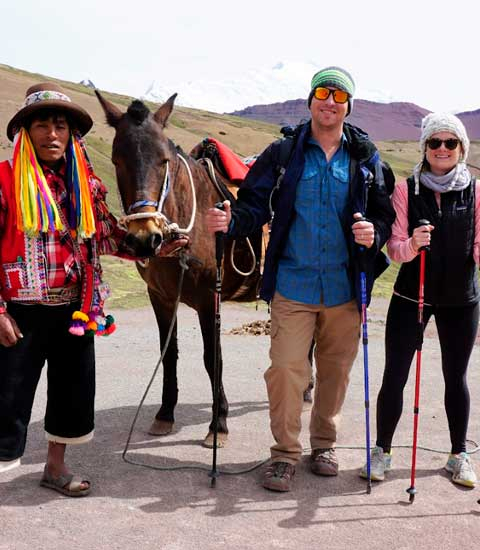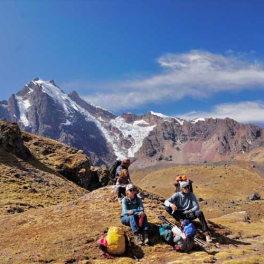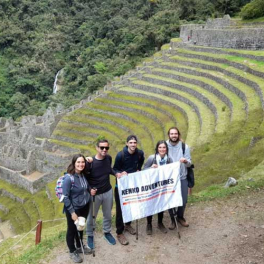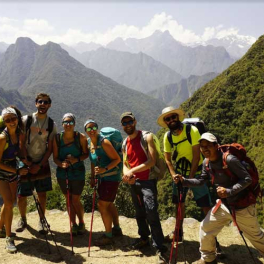WHAT ANIMALS CAN I SEE ON THE INCA TRAIL?
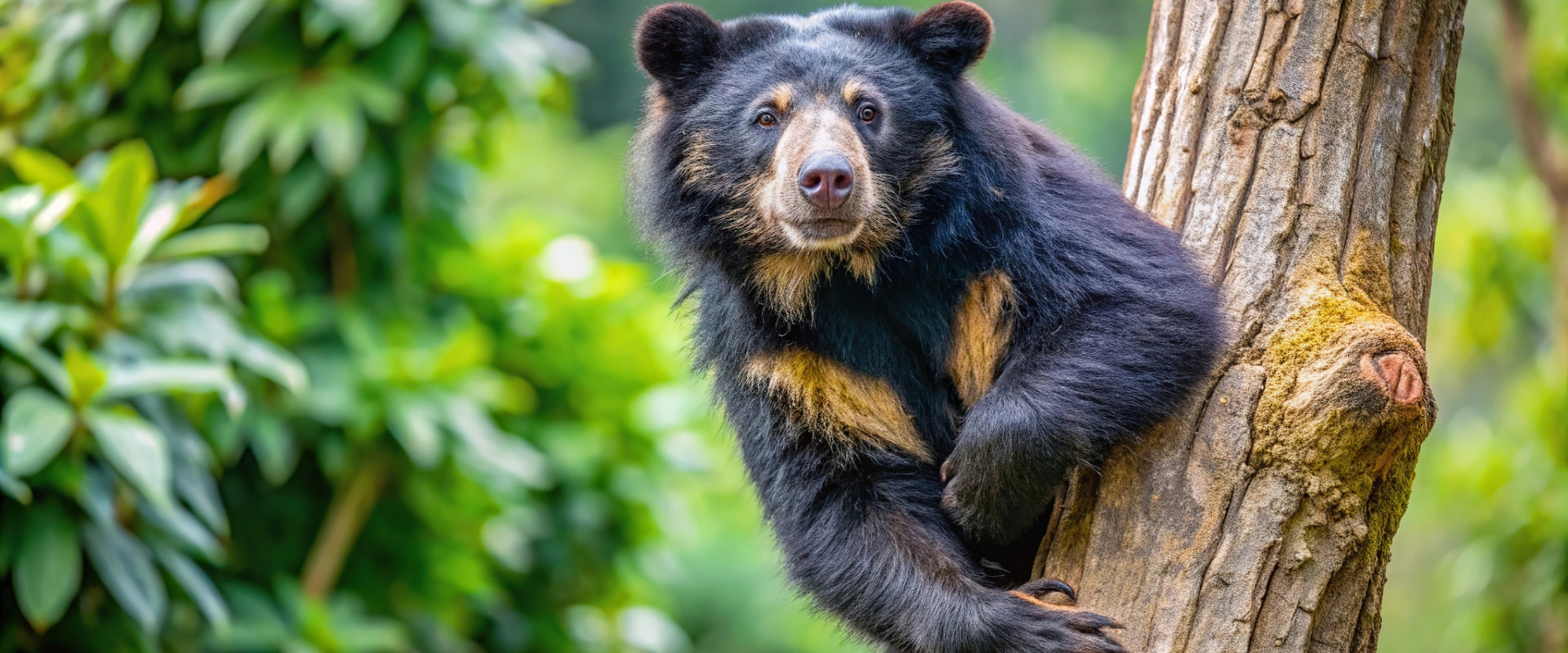
The Inca Trail is home to a diversity of flora and fauna along its route, this generates and provides travelers with a different experience to other tour alternatives within Cusco, plus the combination of treks and direct contact with these animals will provide a surreal approach to all those seeking to live the experience of reaching the sanctuary of Machu Picchu by their own means.
Why can I see more animal diversity on the Inca Trail?
This is thanks to the different ecological floors that the Inca Trail offers to all adventurers who dare to reach the sanctuary.
What are the animals that I could observe during my tour ?
The Spectacled Bear (Tremarctos ornatus):
The spectacled bear is an omnivorous mammal and will be one of our protagonists throughout the history of the Machu Picchu Sanctuary, since this habitat is a suitable place for its development (Andean rainforests), the spectacled bear gives us its peculiarity. Being the only bear in South America, this means that today it is a protected animal because of its importance in our habitat and its cultural importance. The Spanish invasion brought with it a considerable reduction of the spectacled bear's habitat, over the years the governments that shelter this animal have been generating protection policies towards them. During your tour you may be able to find this Tremarctos ornatus, so have your camera ready to capture this moment for prosperity.
Puma (Puma concolor):
The puma is a carnivorous mammal, hunter and predator of the American continent, its development is throughout the continent and for this reason has different names throughout the continent and also has importance in the different cultures and references in the mythology of the native peoples within the continent. In the Andean cosmovision the puma represents the Kay Pacha (Earthly World).
The puma is a symbol of strength, wisdom and intelligence, it represents the Kay Pacha, the world of the living. The Incas admired the puma for its agility, patience and power. Our puma friend is the defender of the Kay Pacha, the middle world, the world in which the human being develops.
Dwarf Deer (Pudella ):
The dwarf deer also known as Pudu, is an omnivorous mammal, it is one of the smallest species of the deer family and specimens of this have recently been sighted on the Inca Trail, its habitat extends in the high Andean regions of Peru, Colombia and Ecuador. This small individual is the first mammal species to be discovered in South America in 60 years, so researchers and experts on the subject are happy about this discovery.
Andean cats (Leopardus jacobita):
The Andean cat also known as the marmoset (from Aymara), osjo (from Quechua), tigrillo or ÔÇťsacred catÔÇŁ is a carnivorous mammal, it is one of the most endangered and also least known felids. Its natural habitat is found in South America, in the not very high and thick vegetation zones of the continent. Culturally it is considered a ÔÇťmessenger of the AchachilasÔÇŁ (tutelary gods of the mountains) by the Bolivian indigenous communities, according to Andean ideology, it is believed that the sighting of this animal during your journey means protection and luck during your trip.
Reptiles:
The variety of reptiles at Machu Picchu is equally astounding. In the Inca citadel, it is common to observe two species of lizards, Stenocercus crassicaudatus and Stenocercus ochoai, slithering between the ancient stone walls.
Among the snakes that inhabit the sanctuary are specimens of the Atractus, Chironius, Dipsas, Oxyrrophus and Clelia genera. Of these, only two pose a risk to humans: the Andean jergon (Bothrops andeanus) and the coral snake (Micrurus spixii).
Batrachians:
Machu Picchu is home to an incredible diversity of amphibians, many of them unique to the region. Among the most notable species are frogs of the genus Telmatobius, such as the recently identified Telmatobius n. sp., known in Quechua as ÔÇťcory cayraÔÇŁ or golden frog. These frogs are found in the crystalline waters of the streams of Puyupatamarca, near the emblematic Inca citadel.
Another interesting species is the marsupial toad of the genus Gastrotheca, which includes Gastrotheca ochoai, Gastrotheca marsupiata and Gastrotheca excubitor. These toads have a unique feature: they have a pouch or marsupium on their back where they shelter their eggs and larvae, offering them protection from potential predators.
Butterflies:
Before starting the magical adventure to the Machu Picchu Historic Sanctuary, there is a place worth exploring: the Butterfly Research and Interpretation Center. This space, dedicated to the conservation of nature and the environment of Cusco, is a true reflection of the rich biodiversity that characterizes the region.
Created in 2006, this project has achieved important advances, such as the discovery of the first butterfly endemic to the area, named Battus Madyes Monteban. According to Leonardo Serrano, one of the main promoters of this initiative, this black butterfly is unique to Machu Picchu, as is its host plant, Aristolochia Killipiana. The special attention devoted to these species highlights the need to protect this unique ecosystem.
Insect Diversity:
The trail to the sanctuary is home to around 500 of insects, which will undoubtedly be ready to attract your gaze, capture your attention, and take you by surprise.
Now that you know a little more about the fauna that you can find on the Inca Trail, what are you waiting for to live this adventure!

